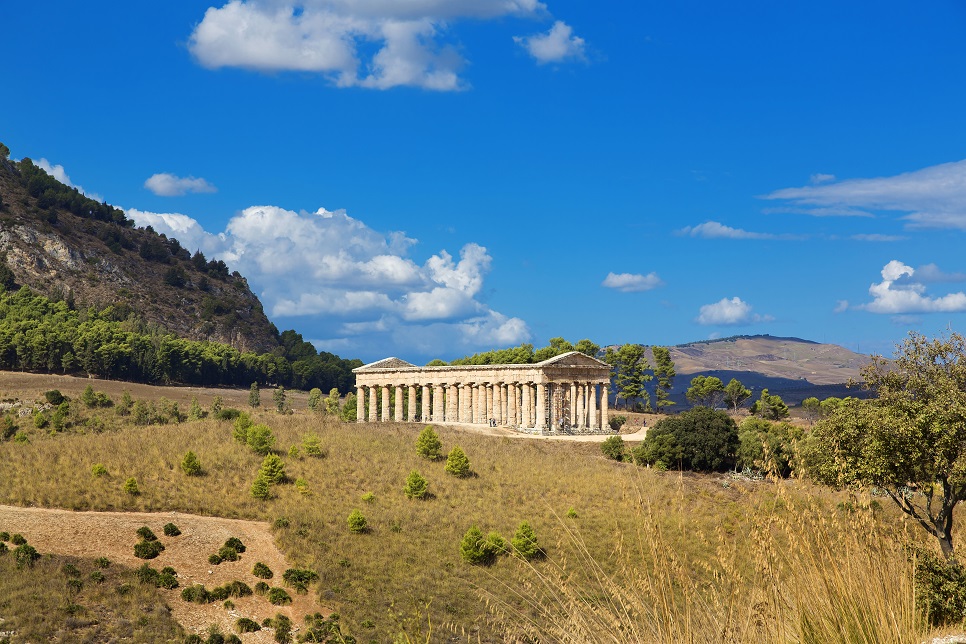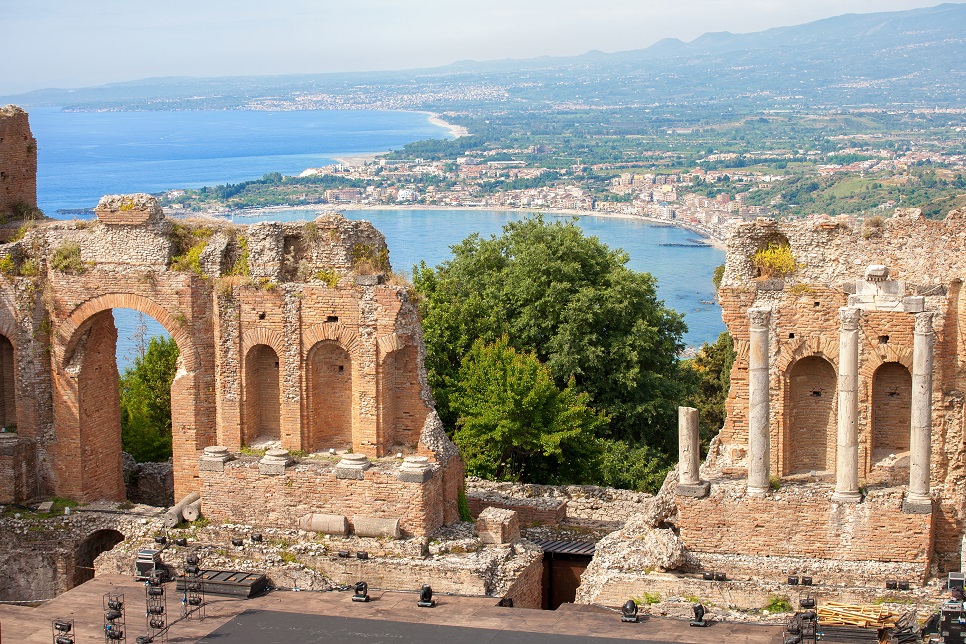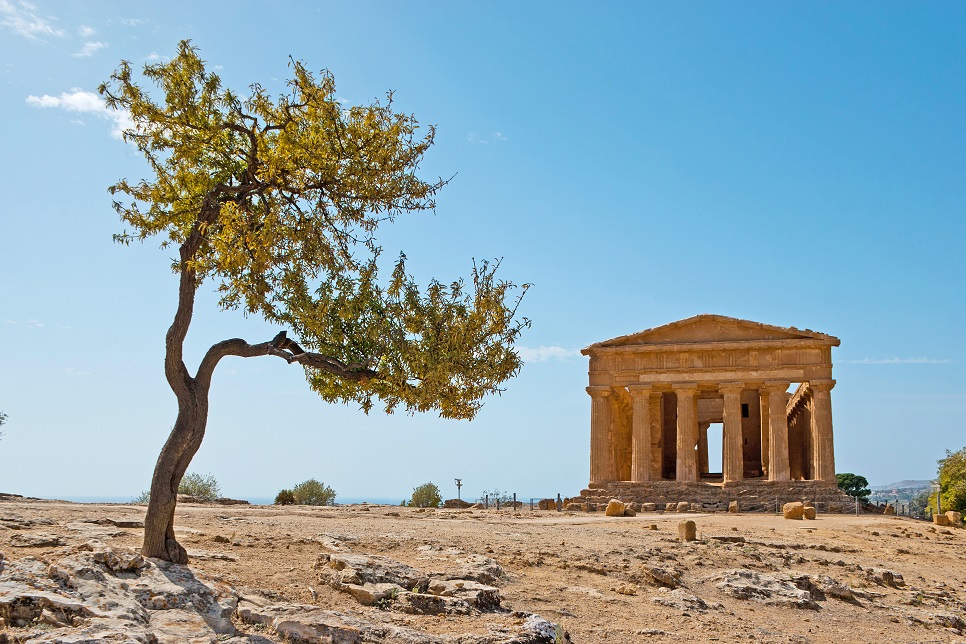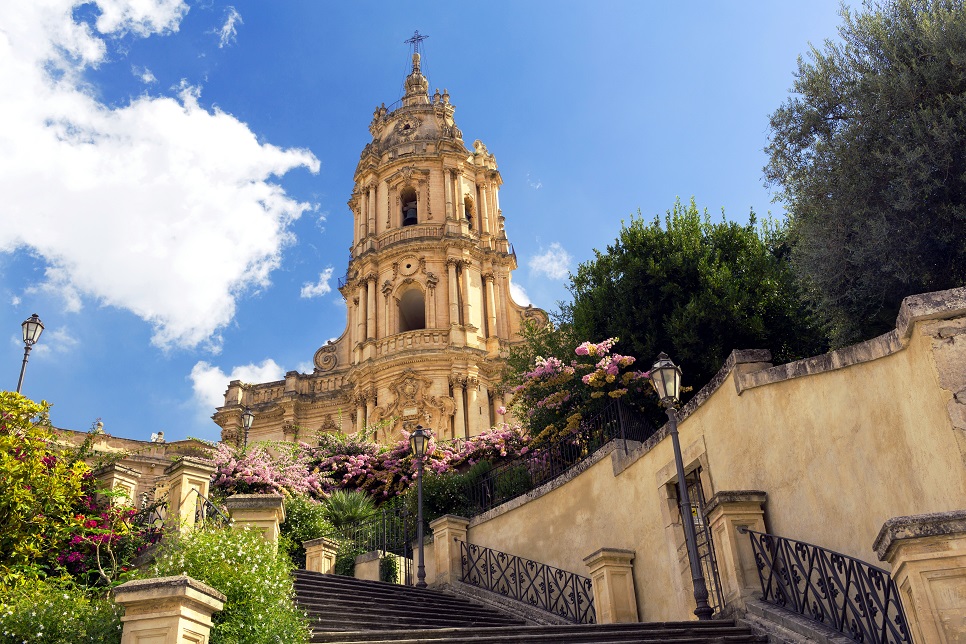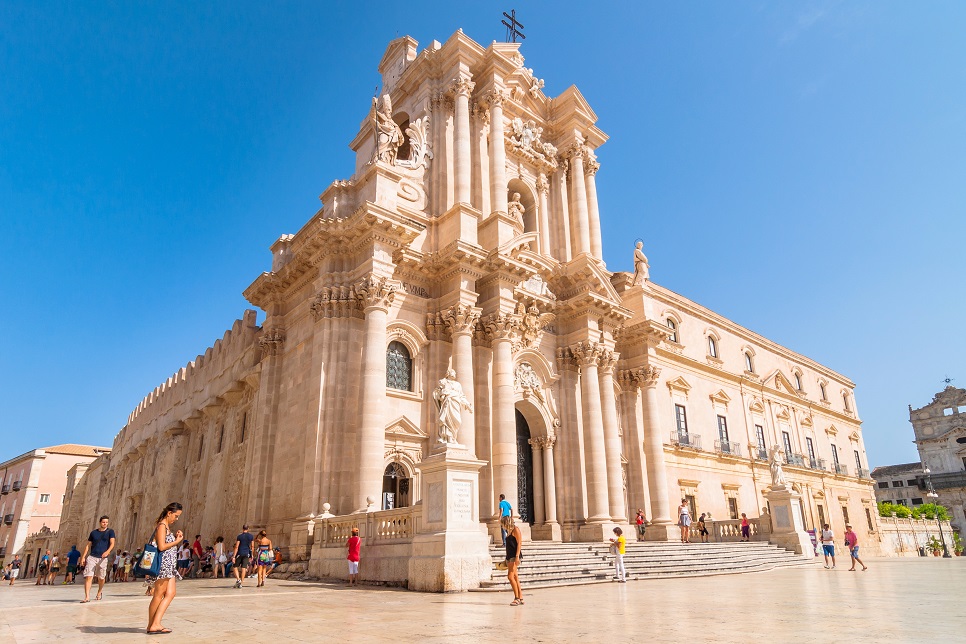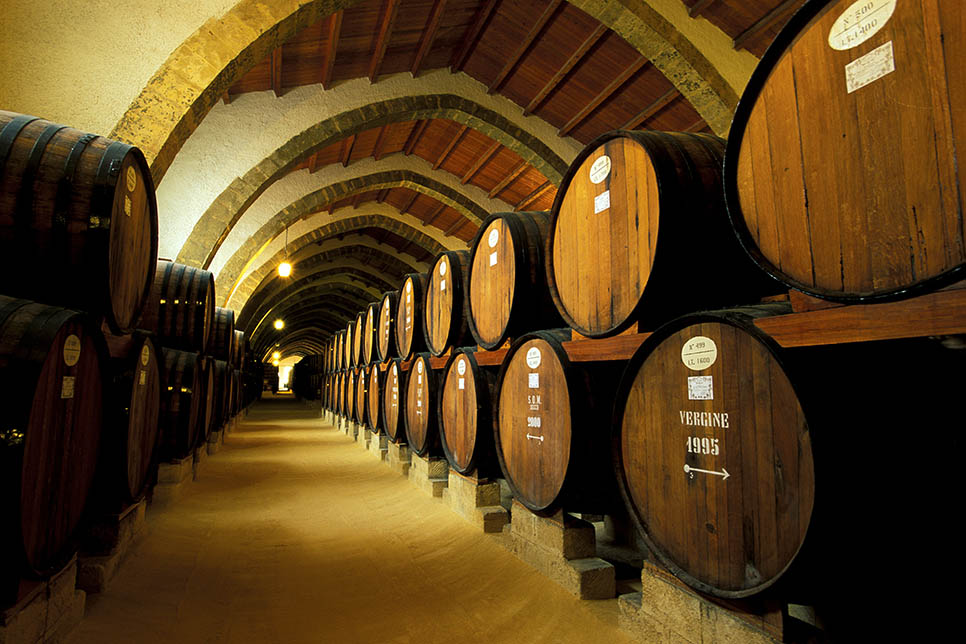Two thousand years of history has left a very distinct mark on this triangular-shaped island, fringed by three different seas and known in ancient times as ‘Trinacria’.
From the Greeks and Romans to the Normans and the Spanish, each ofSicily’s invaders have left their imprint and helped shape the Sicilian temperament today. Despite its strong sense of identity, the island can be broadly divided into two, with a western side with its Carthaginian and Arabic influences; and an eastern side dominated by the Greeks. Distinct economic, social and linguistic differences still exist (compare the singsong like dialect of Palermitans with that of Catania and Syracuse) although these variations have dulled over the years.
Economically,Sicily hovers between a traditional and modern world, attempting to reconcile old-fashioned rituals and ideas with progression. An increasingly developed moral conscience has long battled against the Mafia mentality and tourism and agriculture are increasingly feeding the economy. Wine production is booming and several hi-tech industries have been established around Catania.
Sicilyis regularly described as a Mediterranean cultural melting pot and this is true also of its art. Explore the history of Western civilization through the island’s art, from the earliest cave-based graffiti to Agrigento’s Doric temples and on to the Baroque art of the south east. Partly as a result of Spanish occupation, Sicily snoozed through the Renaissance but has now moved into an era in which some up-to-the-minute contemporary art is making waves on the island. Galleries in Palermoinclude that of the pioneer of modern art in Sicily, Francesco Pantaleone, whose Arte Contemporanea gallery has placed him firmly on the national and international art map. On the east coast, La Veronica Arte Contemporanea and the Galleria Lo Magno, both in Modica, are well worth a visit, as is the Galleria Quadrifoglio in Siracusa.
Portrait of Sicily
Economy, society, art and culture
